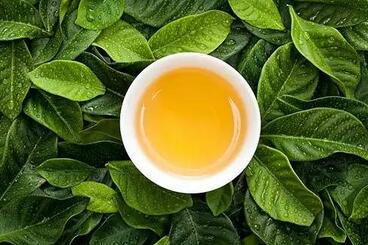Many tea enthusiasts have this problem: why does the same tea leaves, the same teaware, and the same water result in tea that doesn’t taste as good when you brew it?
Assuming the tea quality is good, brewing a delicious cup of tea mainly depends on three factors: teaware, the amount of tea leaves used, and steeping time.
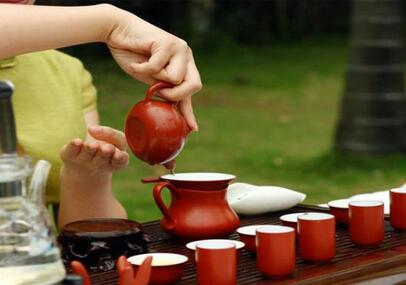
Teaware:
The appearance of a teapot or gaiwan doesn’t matter as much as its capacity, which directly affects the water-to-tea ratio and steeping time.
For example, rock tea is often packed in 8g portions. A 100cc gaiwan and a 130cc gaiwan will require different amounts of water, leading to differences in taste even with the same steeping time—the former will yield a stronger brew.
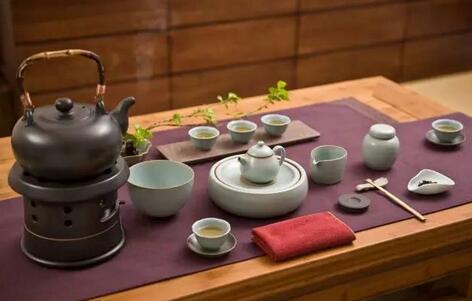
Amount of Tea Leaves:
Maintain a water-to-tea ratio of 1:50. Generally, use 3g for green tea, 4g for black tea, 7-8g for oolong tea, and 8-10g for dark tea or pu-erh.
If unsure, start with a moderate amount and adjust based on taste.
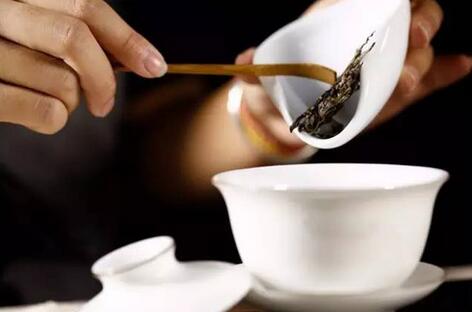
Steeping Time:
Adjust based on the amount of tea leaves. More leaves require shorter steeping and faster pouring; fewer leaves need longer steeping.
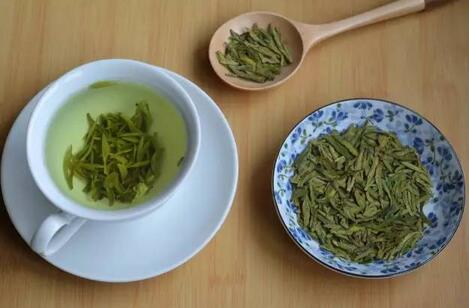
Three Additional Factors:
Water Pouring Method:
Pouring water along the edge or directly into the gaiwan makes little difference for coarse tea leaves.
For delicate teas, avoid pouring directly onto the leaves.

Water Temperature:
Use 80-85°C for green tea, 85-90°C for black tea, and boiling water for other teas.
Lower temperatures (80-90°C) yield a milder brew with reduced bitterness.
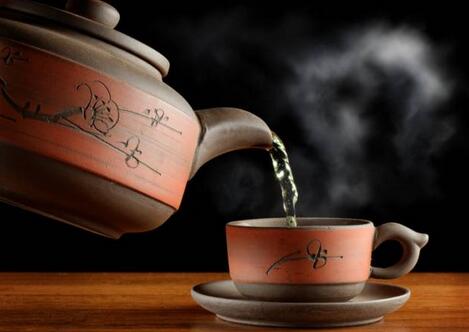
Water Quality:
Water varies by region; purified water is generally recommended.
Spring water enhances sweetness and thickness compared to purified water.
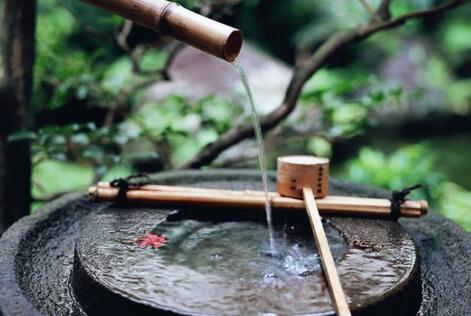
Additional Tips:
Drain the gaiwan completely to avoid affecting the next brew.
The angle of the gaiwan lid controls pouring speed—a wider gap speeds it up, while a narrower gap slows it down. A few seconds’ difference can alter the tea’s strength.
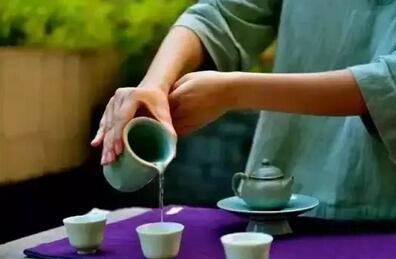
Avoid rigid brewing rules. Tea varies by producer and weather conditions, so adapt your method accordingly—"brew tea based on the tea."
Key takeaways:
1. Lower water temperatures yield milder, subtler tea; boiling water highlights flavors and flaws.
2. Too few leaves or short steeping results in weak tea; too many leaves or long steeping makes it strong or bitter.
